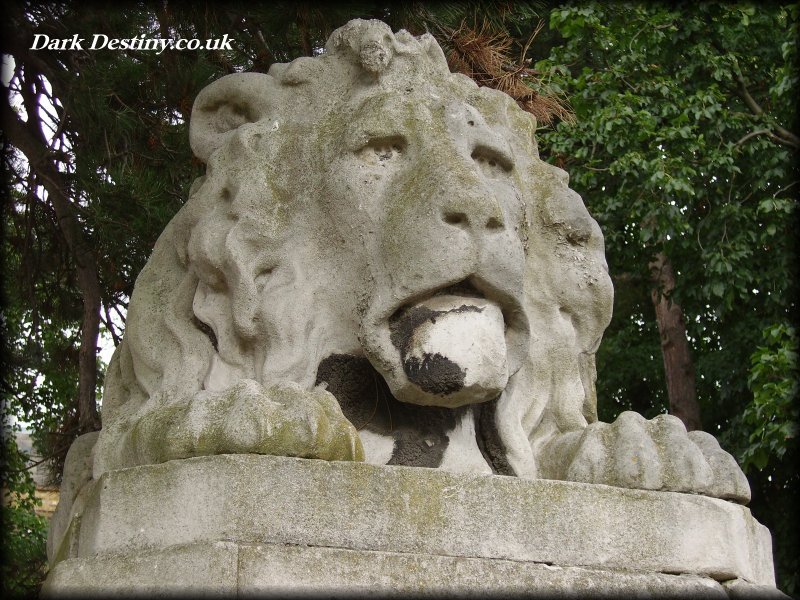Dark Destiny Cemetery Photography
Brompton Cemetery
-
 brompton_cemetery8
brompton_cemetery8 -
 brompton_cemetery_35
brompton_cemetery_35 -
 brompton_cemetery_39
brompton_cemetery_39 -
 brompton_cemetery_32
brompton_cemetery_32 -
 brompton_cemetery_43
brompton_cemetery_43 -
 brompton_cemetery_40
brompton_cemetery_40 -
 brompton_cemetery_47
brompton_cemetery_47 -
 brompton_cemetery_51
brompton_cemetery_51 -
 brompton_cemetery2
brompton_cemetery2 -
 copy44_brompton_cemetery_48
copy44_brompton_cemetery_48 -
 brompton_cemetery7
brompton_cemetery7 -
 brompton_cemetery4
brompton_cemetery4 -
 brompton_cemetery3
brompton_cemetery3 -
 brompton_cemetery13
brompton_cemetery13 -
 brompton_cemetery15
brompton_cemetery15 -
 brompton_cemetery17
brompton_cemetery17 -
 brompton_cemetery18
brompton_cemetery18 -
 brompton_cemetery16
brompton_cemetery16 -
 brompton_cemetery24
brompton_cemetery24 -
 brompton_cemetery22
brompton_cemetery22 -
 brompton_cemetery30
brompton_cemetery30 -
 brompton_cemetery21
brompton_cemetery21 -
 brompton_cemetery_36
brompton_cemetery_36 -
 brompton_cemetery_42
brompton_cemetery_42 -
 brompton_cemetery_44
brompton_cemetery_44 -
 brompton_cemetery_45
brompton_cemetery_45 -
 brompton_cemetery_46
brompton_cemetery_46 -
 brompton_cemetery10
brompton_cemetery10 -
 brompton_cemetery20
brompton_cemetery20 -
 brompton_cemetery27
brompton_cemetery27 -
 copy40_brompton_cemetery1
copy40_brompton_cemetery1 -
 copy57_brompton_cemetery_49
copy57_brompton_cemetery_49 -
 copy62_brompton_cemetery23
copy62_brompton_cemetery23 -
 copy25_brompton_cemetery26
copy25_brompton_cemetery26 -
 copy94_brompton_cemetery29
copy94_brompton_cemetery29
Brompton Cemetery Open Day
Brompton Indepth
Brompton Cemetery is
located near Earl's Court in West Brompton, a part of the Borough of
Kensington & Chelsea in west London, England. It is managed by The
Royal Parks and is one of the Magnificent Seven.
While the
cemetery is still open for occasional new burials, today more people use
it as a public park than as a place for mourning the dead.
It
has featured in a number of films, including The Wisdom of Crocodiles
(starring Jude Law), Crush (Imelda Staunton and Andie MacDowell) and
"Johnny English" (starring Rowan Atkinson); as well as being used as a
location by photographers such as Bruce Weber.
History
The
cemetery was opened as part of an initiative in the mid-19th century to
provide seven large, modern cemeteries (sometimes called the
'Magnificent Seven') in a ring round the outside of London of which
Highgate Cemetery was another example. The inner-city cemeteries, mostly
the graveyards attached to individual churches, had long been unable to
cope with the number of burials and were seen as a hazard to health and
an undignified way to treat the dead.
Brompton Cemetery was
designed by Benjamin Baud and has at its centre a modest domed chapel
(in the style of the basilica of St. Peter's in Rome), reached by long
colonnades, and flanked by catacombs. The chapel is dated 1839.
Nutkins gravestone
Beatrix
Potter, who lived in The Boltons nearby, took the names of many of her
animal characters from tombstones in the cemetery and it is said that Mr
McGregor's walled garden was based on the colonnades. Names on
headstones included Mr Nutkins, Mr McGregor, a Tod (with that unusual
single 'd' spelling), Jeremiah Fisher, Tommy Brock - and even a Peter
Rabbett.




























